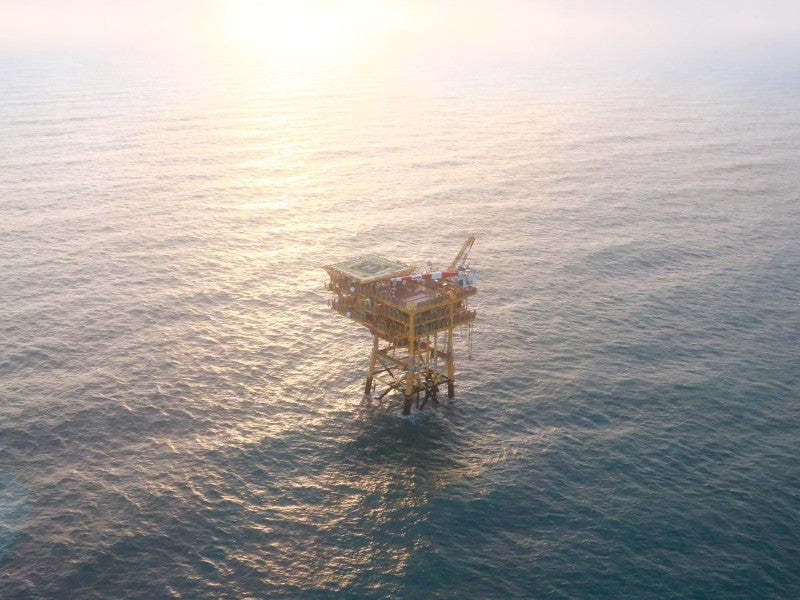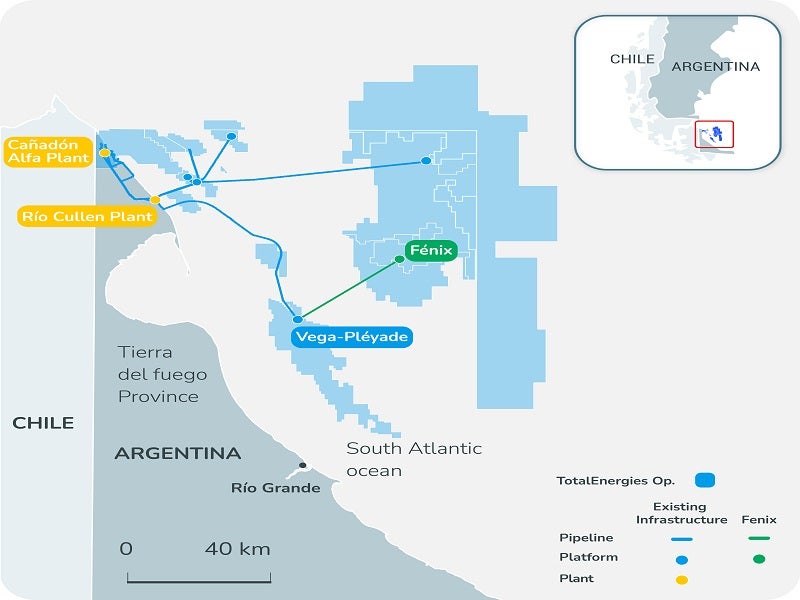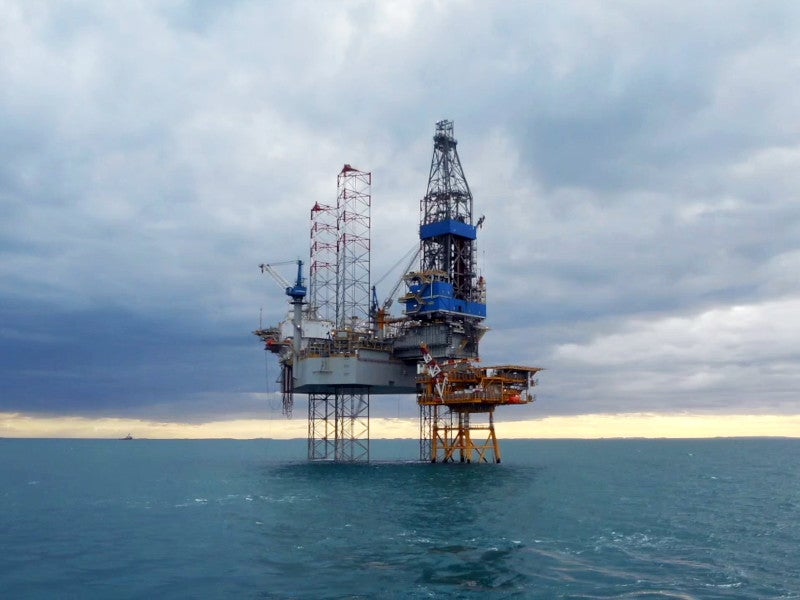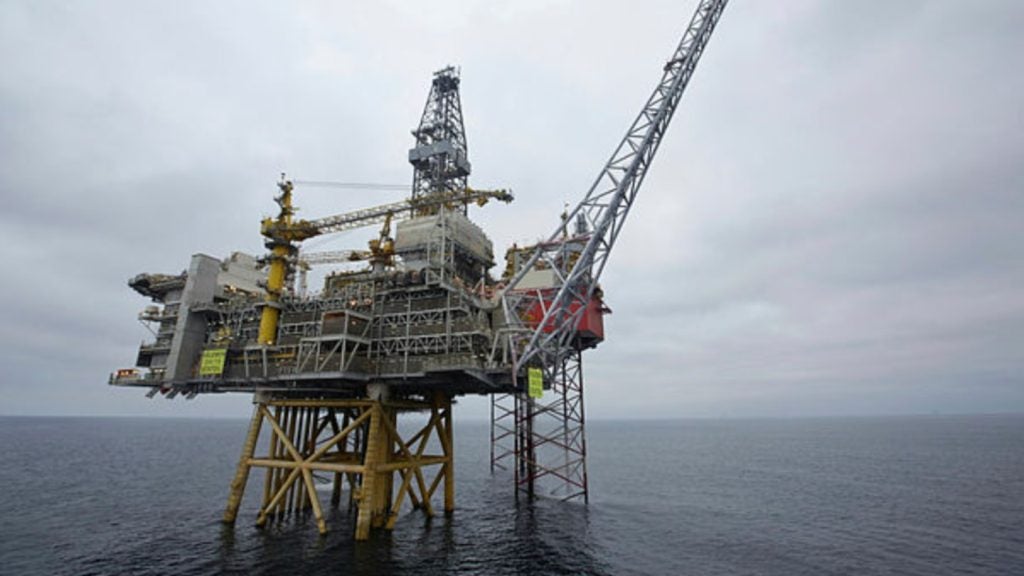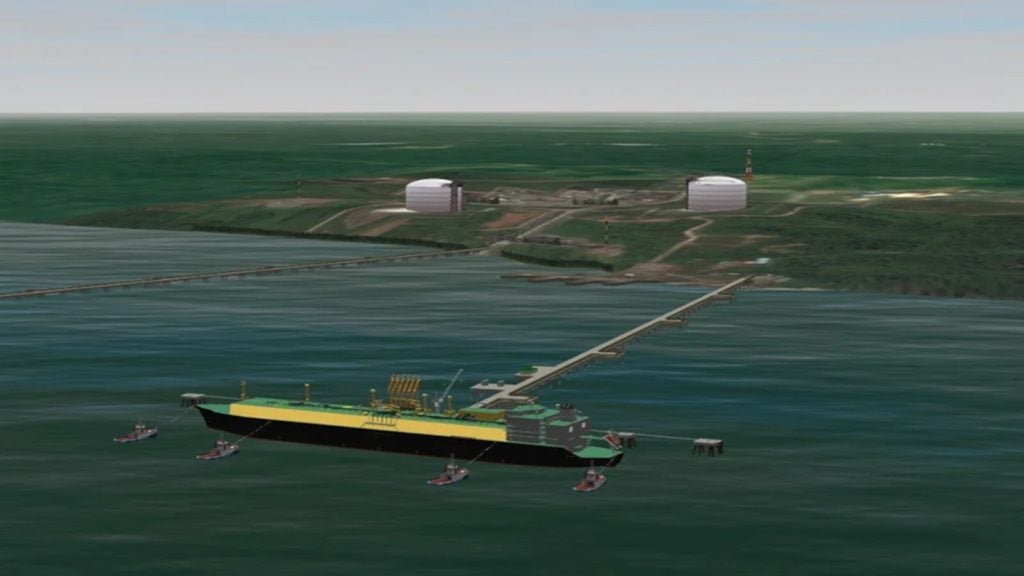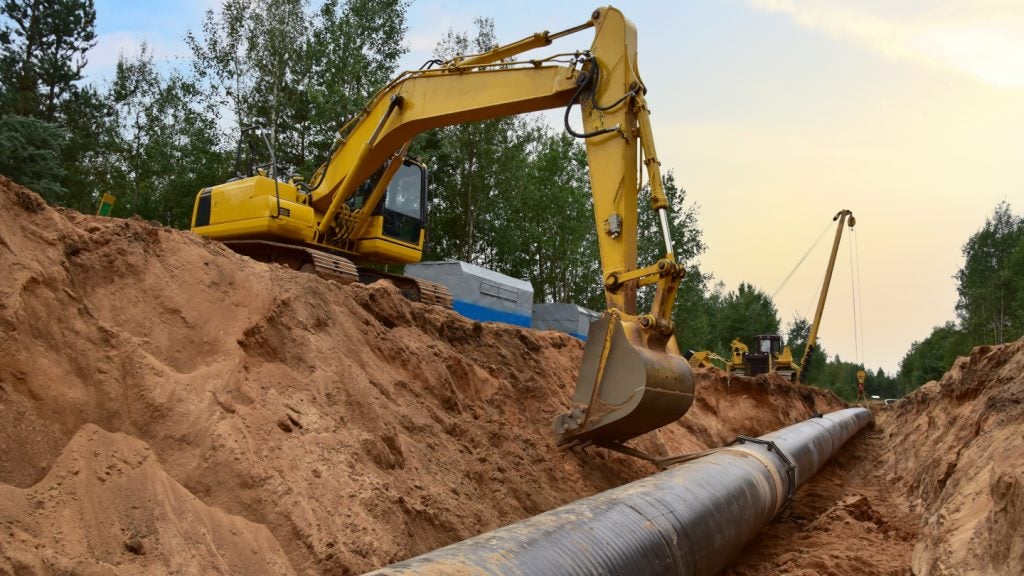The Fenix gas field is located in the Austral Basin, offshore Tierra del Fuego, Argentina. It is being developed by the energy company TotalEnergies through its subsidiary Total Austral, which holds a 37.5% stake in the project.
Independent natural gas and oil company Wintershall Dea along with oil and gas exploration and production company Pan American Sur hold stakes of 37.5% and 25% in the project, respectively.
The final investment decision (FID) for the project was taken by TotalEnergies in September 2022. To be developed with an investment of $706m, the project was granted benefits offered by Argentina’s national authorities under Law 19640 special tax regime, which was introduced in April 2022.
The field is expected to produce ten million cubic metres per day of natural gas for more than 15 years. It will help boost domestic gas production and reduce Argentina’s dependence on gas imports.
Location
The Fenix gas field is situated within the Austral Basin, 60km off the coast of Tierra del Fuego in southern Argentina.
The project is part of the Cuenca Marina Austral 1 (CMA-1) concession, which accounts for 16% of Argentina’s natural gas supply. The concession includes Carina, Aries, Vega Pleyade and other smaller fields.
TotalEnergies has been operating the CMA-1 concession since 1978. It received a ten-year extension for the concession, including the Fenix gas field project, from the national authorities in April 2018.
Fenix gas field development details
The Fenix gas field development plan includes the installation of a new unmanned wellhead platform and underwater pipelines. The field will produce from three horizontal wells drilled from the platform.
The new platform will be installed at a water depth of 70m and supported by a four-legged metal jacket-type structure. It will be able to accommodate eight people. The jacket will weigh approximately 1,537 tons (t) and be installed on four piles. It will support the 1,840t deck. The platform is being built at Piomboni yard in Marina di Ravenna, Italy.
The platform’s jacket is expected to be delivered in October 2023 and will be followed by the delivery of the deck in November of the same year. Installation of the platform and submarine pipelines is expected to start between the fourth quarter of 2023 and second quarter of 2024.
The project will have a carbon intensity of 9kg CO₂/boe and deploy TotalEnergies’ advanced technologies to reduce carbon intensity, including installing wind farms and heat recovery systems.
Gas export
The natural gas produced from the field will be transported through a 35km-long, 24in-diameter multiphase pipeline to the Vega Pleyade platform. From there, it will be sent onshore for processing at the Rio Cullen and Cañadon Alfa plants, which are operated by TotalEnergies.
The Vega Pleyade platform is also operated by TotalEnergies and has a production capacity of ten million cubic metres of gas per day. It was built in 2015 and started production in 2016.
Contractors involved
Corinth Pipeworks, a manufacturer of steel pipes and hollow sections, was awarded a contract for the manufacture and supply of approximately 40km of 24in-diameter longitudinally submerged arc-welded steel pipes for the project in September 2022.
The gas pipes will be built at Corinth Pipeworks’ facilities in Greece. Corinth will also provide 3LPE anti-corrosion coating and concrete weight coating for the pipes.
Energy engineering and construction company Rosetti Marino was awarded an engineering, procurement, construction, commissioning, load out and sea fastening contract for the offshore wellhead platform in March 2022.

